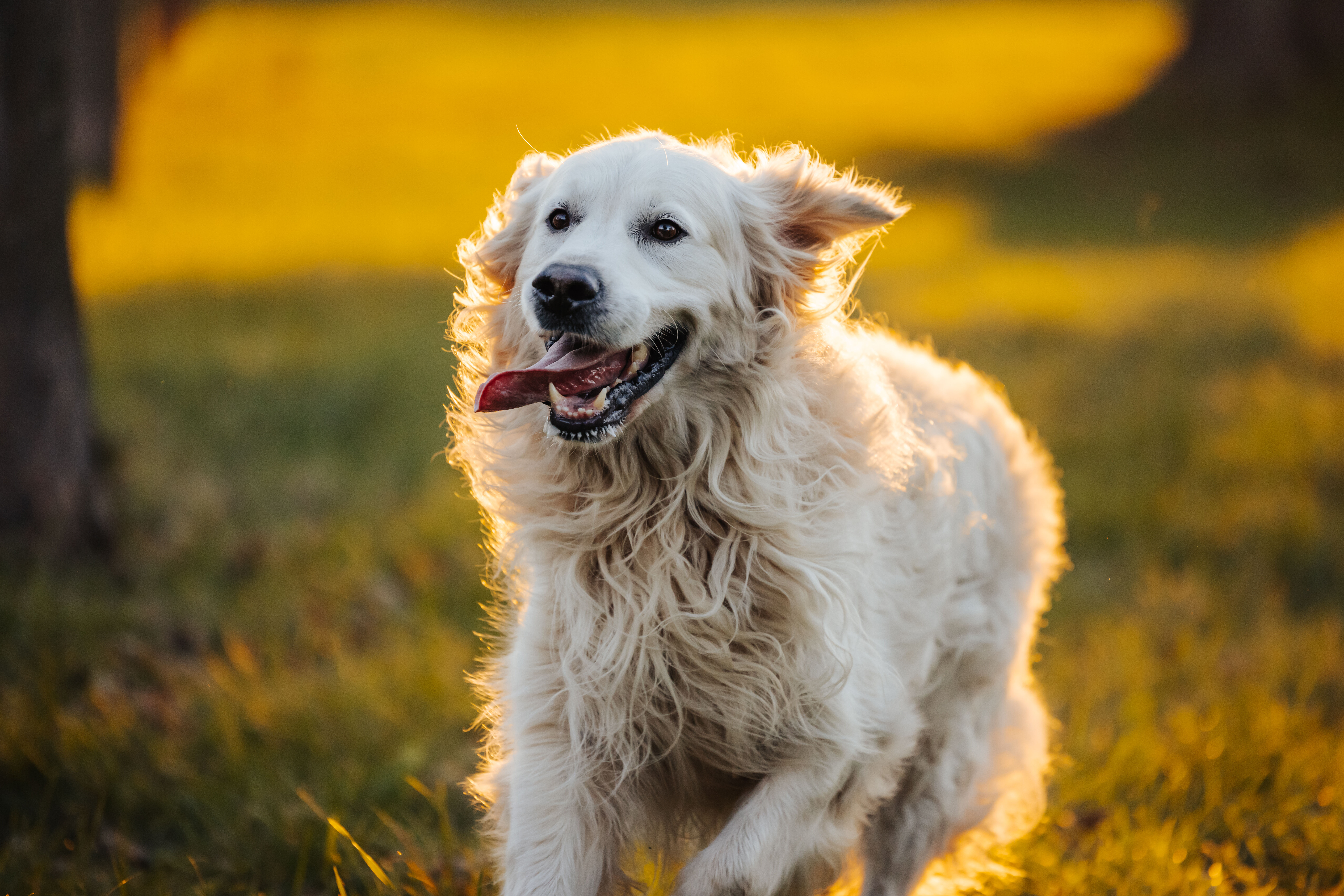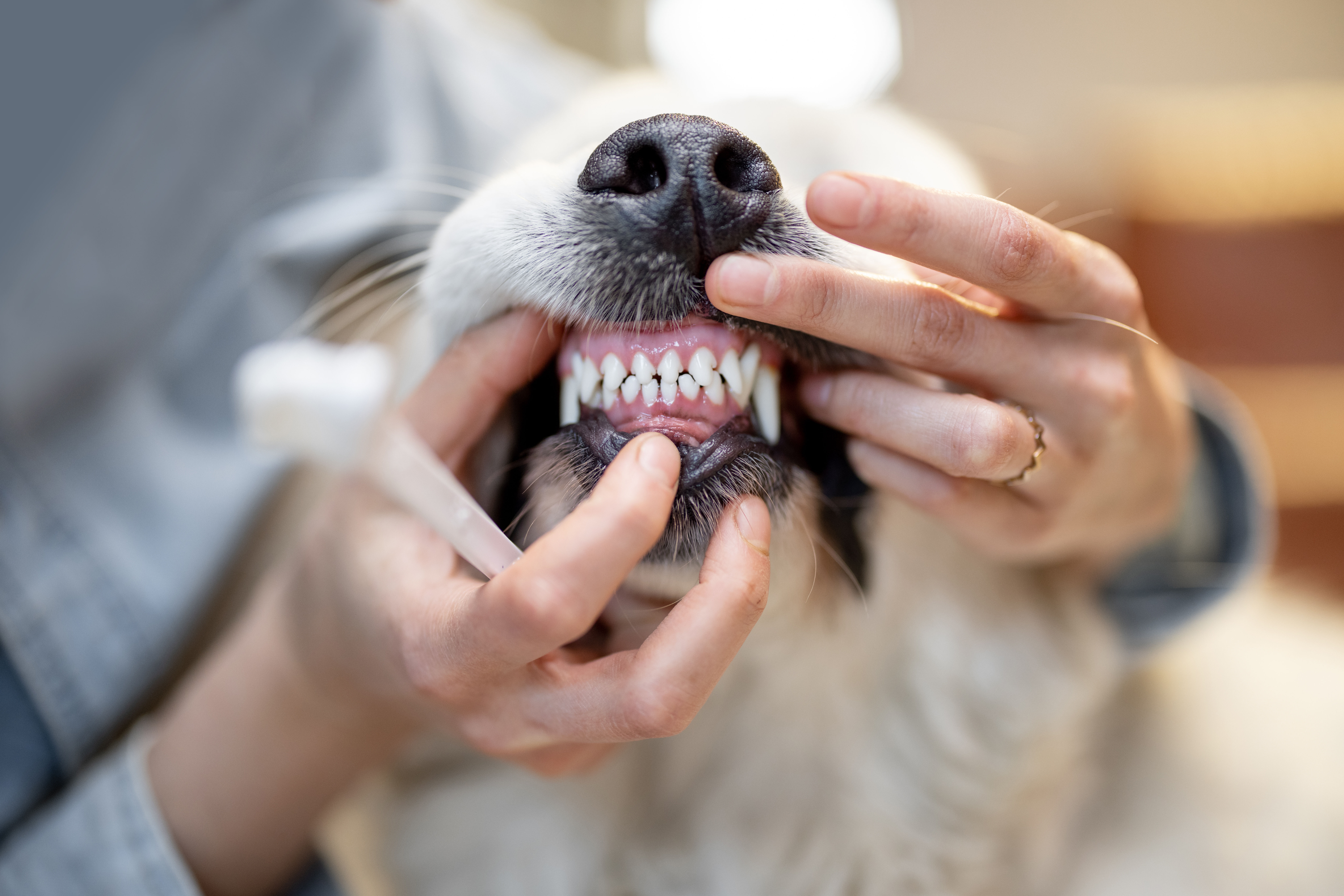This content is sponsored by Rocky Gorge Animal Hospital.
The warm spring weather has brought out some much-needed refreshment this year. While it has allowed for many people and pets to get outside and be more active, some pets are already starting to show signs of seasonal allergies. While many people are familiar with seasonal skin allergies, allergies also affect the airways in dogs and cats. These are issues we see commonly and they range in how serious they can be. It is clear that many factors are involved, but if an allergic cause of a respiratory problem is present, it is important to know what to look for to separate it from an infection, or some other cause of airway irritation.
Allergic reactions are inflammatory reactions to a non-harmful substance called an allergen. When causing respiratory signs, these are usually due to inhaled allergens such as pollen, dust, microscopic mites and pet dander. Food allergies, auto-immune disease, some infections and parasites may cause similar reactions. While both cats and dogs can develop allergies causing runny eyes and nose, and sneezing, some pets can have lower airway inflammation that can lead to coughing or labored breathing, similar to an asthma attack. It is common for mild episodes to be present prior to more serious ones, and the signs can get more or less severe depending on how much allergen your pet is exposed to, and their immune response. It is more common for cats to have the more serious lower airway signs, and Feline Asthma is a common reason to see cats in respiratory distress. If you note rapid or heavy breathing, or open-mouth breathing, it is always considered an emergency. You should never see a cat panting.
If your pet may have an allergy, it will be important to separate this from other common causes of respiratory signs, as many causes have overlapping signs, and some have very different and contraindicated treatments. For example, we would treat a bacterial infection with antibiotics, but we would treat asthma with steroids, which effectively dampens the immune response. While some causes may be more or less likely just from a history of your pet’s lifestyle, vaccine history, and exam, it is common to perform diagnostic tests to rule out or confirm different causes. The only way to truly confirm the diagnosis is to look for cells in samples from the affected airway. We expect certain cell types to be present with allergies, as opposed to other causes. This is generally done with a veterinary specialist. Allergy testing for specific allergens may also be useful, and skin reaction testing (intradermal skin testing) can be done with a veterinary dermatologist to identify allergens that are problematic for your pet. The allergy testing can help you identify which allergens to avoid. Also, based on the allergy testing, a serum containing small amounts of the different allergens can be given via injection or an oral solution to hyposensitize your pet, causing your pet to stop reacting to those allergens. This can take 6-12 months to work, but it has been extremely beneficial for many pets (at least 75% of those treated), allowing us to reduce or eliminate additional allergy medications. Blood antibody tests are also available, but these may not be as accurate as the intradermal skin testing.
You can suspect allergies more:
- In younger to middle aged pets
- Pets with other signs of allergies such as itching or watery, red eyes
- Recent exposure to airway irritations such a smoke, mold spores, or dust
- Signs seem to come and go or may be seasonal
- Have a dry cough, sneezing or clear nasal discharge
Depending on what area is affected and how clear the signs are, your vet may start medications right away, or check for other possible causes. The more severe cases affecting the lungs can sometimes need oxygen support in the hospital, especially if your pet already has other factors that affect his/her breathing. Short-faced breeds such as pugs and English Bulldogs are especially at risk and should be watched carefully. Luckily, most animals have mild signs that come and go, and some simple common-sense practices can help:
- There are websites that track pollen counts, which you may see associated with seasonal signs. You can avoid going outside much during those days and avoid opening windows on those days.
- Keep mold and dust to a minimum in the house and keep your furnace air filters cleaned regularly.
- Use HEPA-style air purifiers or others that are rated to remove allergens from the air. AVOID any ozone-producing air purifiers, as these create gas that may worsen signs.
- Wipe down fur and paws after pets come in from outside to remove allergens from skin.
- Bathe your pet with a hypoallergenic pet shampoo every 1-2 weeks to help remove allergens.
- Keep a journal of the signs noted and the severity of signs to track what works, what doesn’t work, and to help identify what they may be exposed to.
- Bring any pet with respiratory signs to the vet to help identify the cause and discuss appropriate medications or other treatments.







